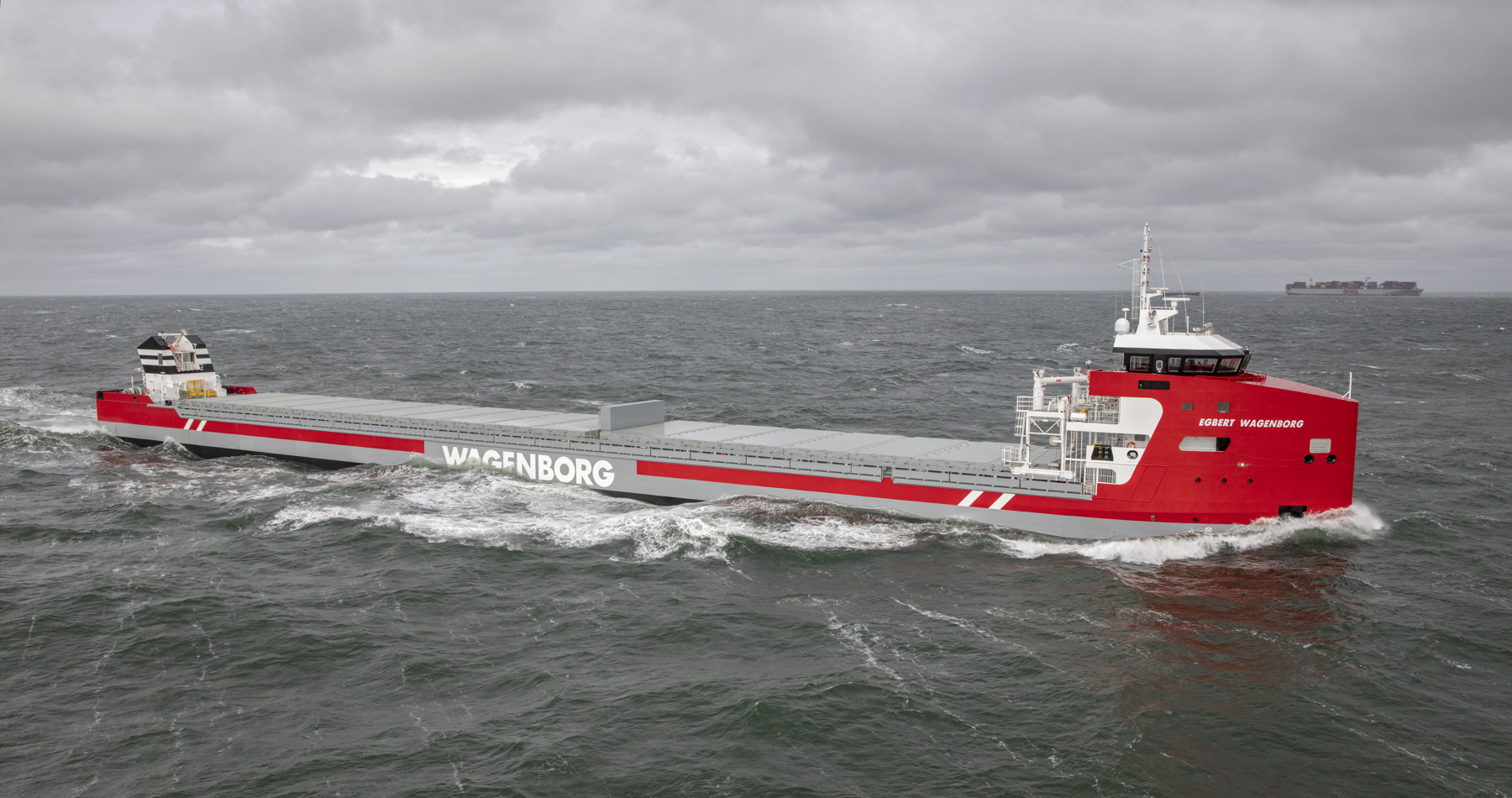
EasyMax general cargo vessel
Royal Niestern Sander developed and built a next-generation open top ice classed general cargo vessel. This type of vessel, dubbed ‘Easymax’, has a load capacity of 14,300 tonnes and a hold capacity of 625,000 cubic feet. The combination of that large load capacity and extremely low fuel consumption makes this type of vessel a leader in its segment in terms of sustainability.
Key figures
14.300 ton load capacity
149,95 meters in length
625.000 cbft hold capacity
2.999 kW installed power
A leader in its segment in terms of sustainability
Royal Niestern Sander developed and built a next-generation open top ice classed general cargo vessel. This type of vessel, dubbed ‘Easymax’, has a load capacity of 14,300 tonnes and a hold capacity of 625,000 cubic feet. The combination of that large load capacity and extremely low fuel consumption makes this type of vessel a leader in its segment in terms of sustainability.
The design challenge
The unique sustainable design of the Easymax was developed by Royal Niestern Sander in close cooperation with a number of carefully selected partners. The design of this vessel started with the requirements of a maximum hold volume, maximum deadweight and maximum fuel savings within the size limitations of the yard location. Also the vessel had to be easy to build and easy to operate: Easy Max. That required a lot of creativity and technical ingenuity of the engineering department of Niestern Sander.
"To get straight to the point: in regard to loading and unloading, the Easymax truly is ‘easy to operate, maximum performance."
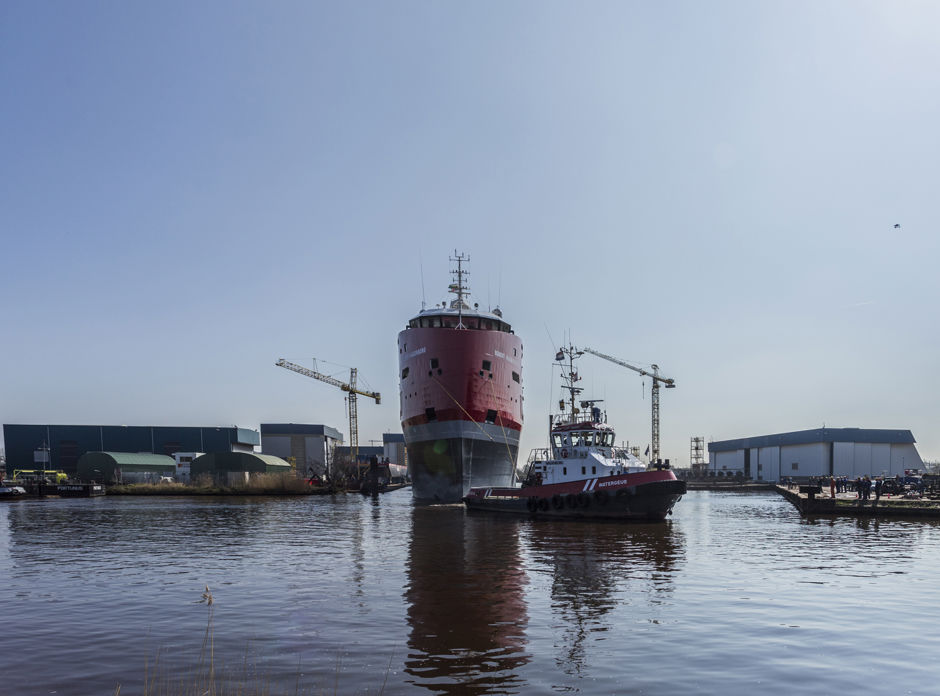
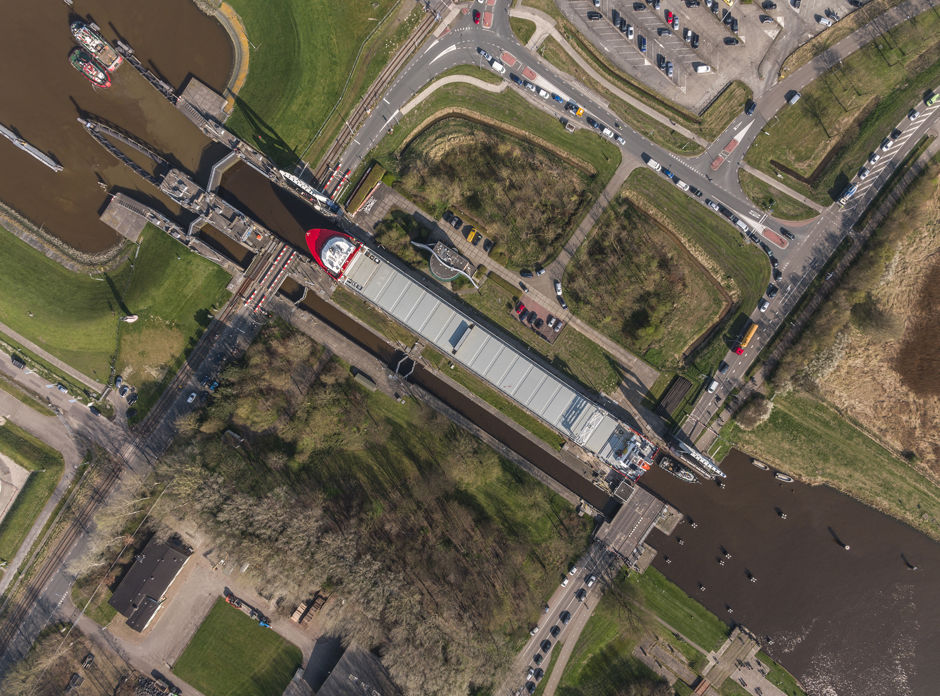
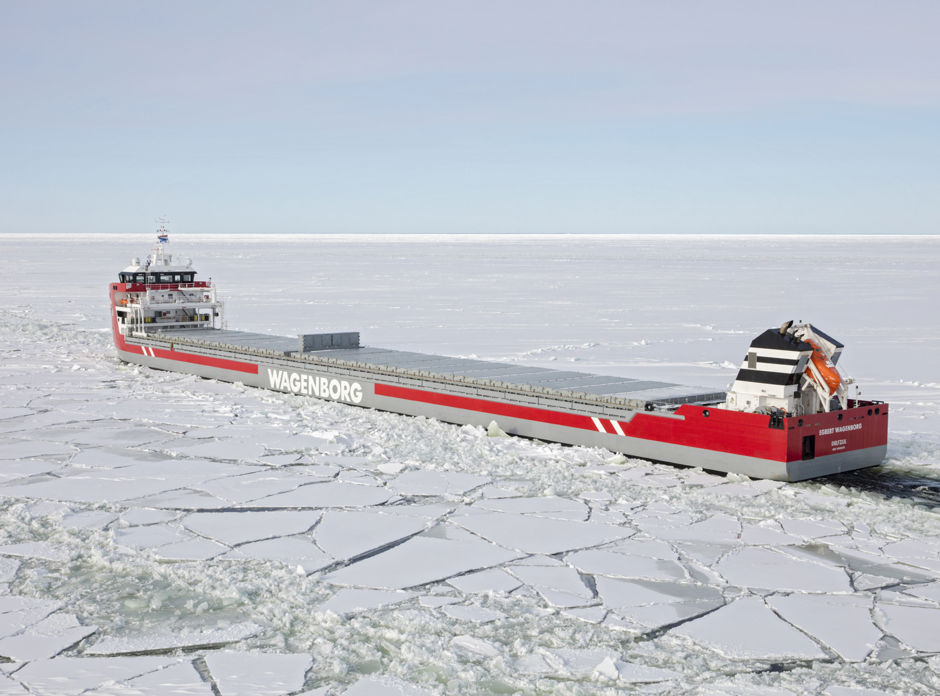
Maximum dimensions and load capacity
With a load capacity of 14,300 tonnes and a hold capacity of more than 625,000 cft, the Easymax is the biggest vessel ever built in the north of the Netherlands on the landward side of the dikes. With a length of 149.95m, a beam of 15.90m and a draught of 8.60m, the Easymax has the maximum possible dimensions for the Royal Niestern Sander shipyard. With two large box-shaped holds – 13.50m wide, 12.10m high, and 47.36 and 64.38m long, respectively – the Easymax excels in her class with her very high intake for heavy or light cargo, timber and paper and project cargo. The Easymax is suitable for worldwide commercial operations, including in such areas as the Baltic, the North Sea, the Mediterranean, the St Lawrence Seaway, the Panama Canal and the Suez Canal.
Sustainable vessel with low fuel consumption
With the Easymax, Niestern Sander designed a relatively large vessel in terms of cargo intake and hold capacity but without any major increase in overall dimensions or tonnage. In addition, the combination of the 2.999 kW MAK 6M32C main engine, gearbox, propeller and thruster means that the Easymax has an energy-efficient propulsion system, leading to extremely low fuel consumption. The hull shape has also been optimized for various different draughts, resulting in an ultra-low Energy Efficiency Design Index (EEDI).
"I must say that this vessel truly is built for easy operation."
Sustainable ship design
Unlike the great majority of many general cargo vessels, the Easymax has her bridge and accommodation positioned in front of the ship. One of the principles for her design was to have maximum dimensions and capacity in two box-shaped holds. Positioning the accommodation in the fore part of the ship – where much of the shape is located that is needed for low fuel consumption – creates greater hold volume in the aft section and on deck. It also reduces the overall tonnage. Another advantage is that there are no line-of-sight restrictions as regards deck cargo and project cargo. As a result, the accommodation of the vessel can be situated a deck lower. Yet another advantage is that the centre of gravity is lowered. This improves the stability of Easymax and hence her load capacity. Finally, the lower accommodation construction creates an aerodynamic shape with lower resistance. This results in reduced fuel consumption of this sustainable ship.
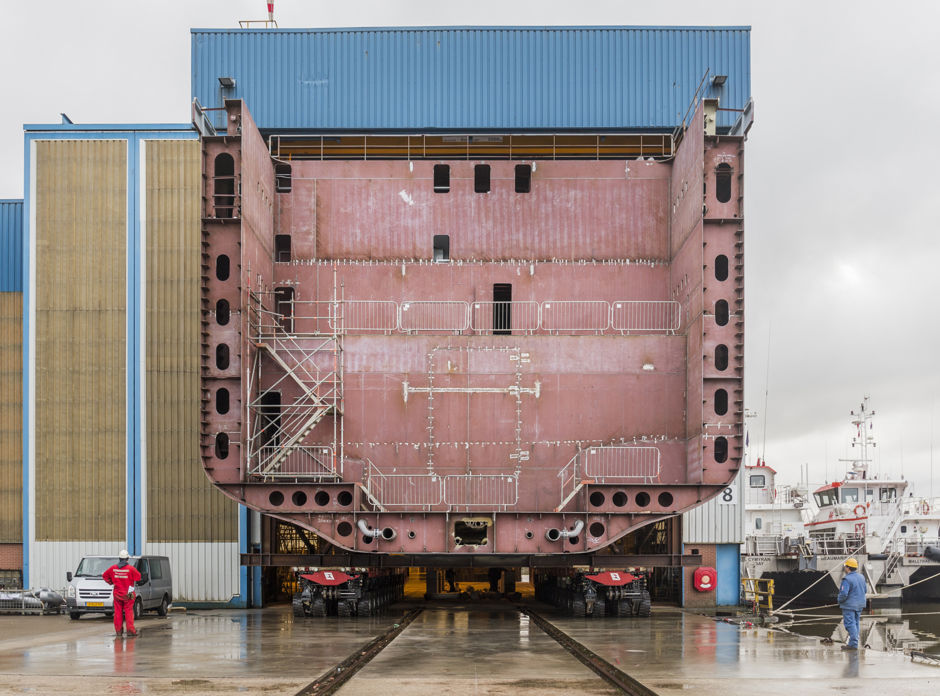
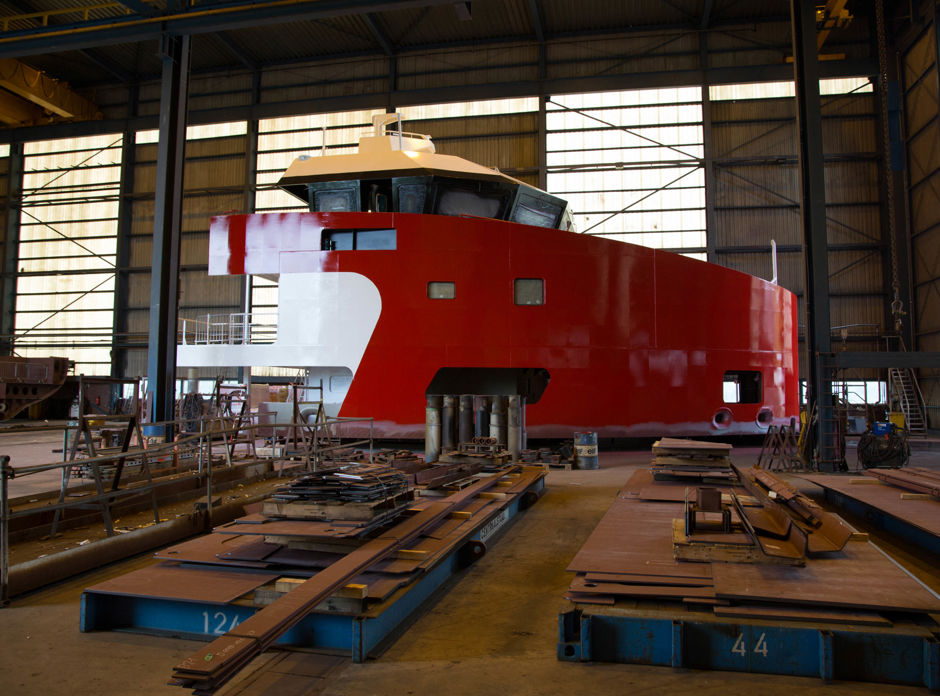
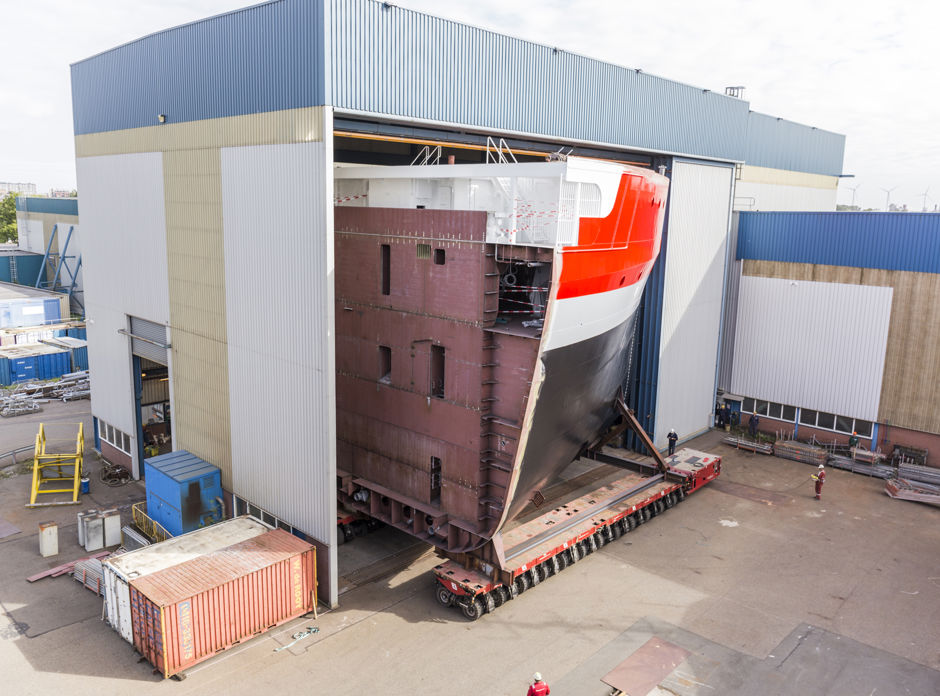
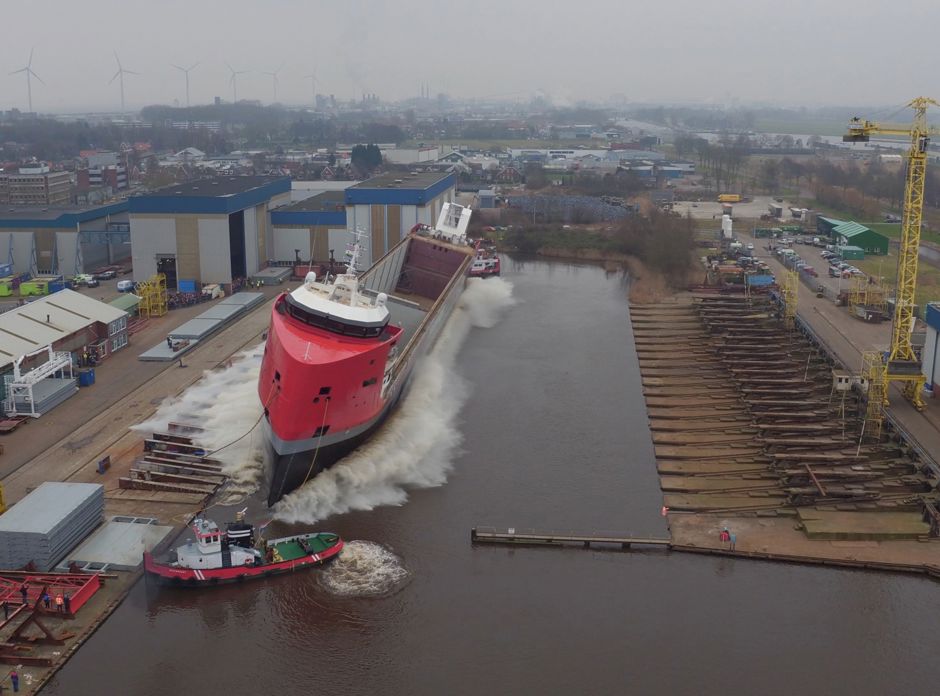
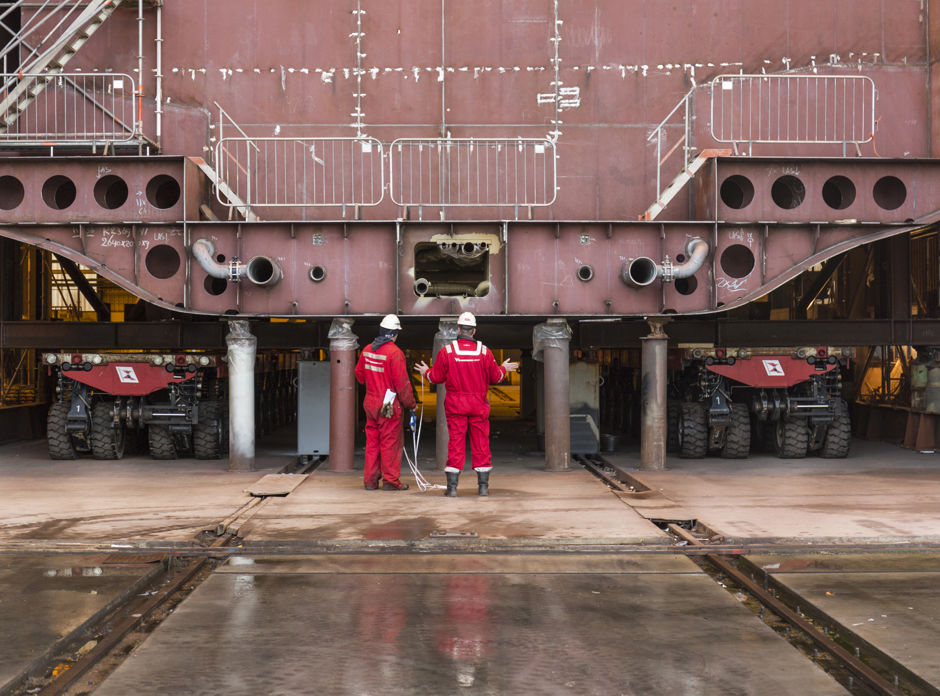
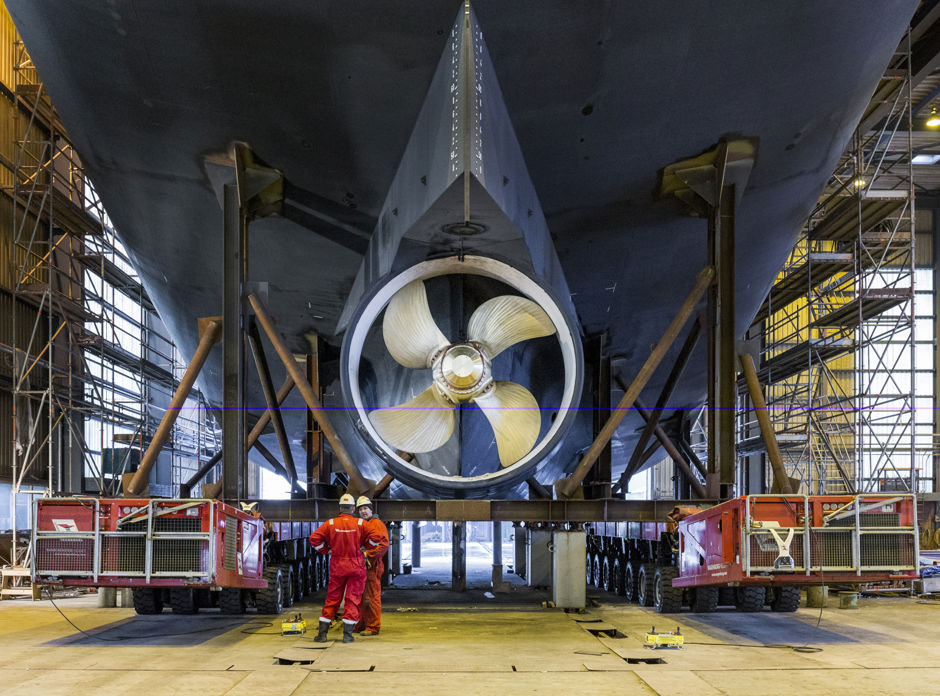
Easy to build and operate
The design of the Easymax means that there is only a limited amount of equipment in the holds. For example, there are no tween decks, container fittings, securing eyes or girders in the hatch package. For most bulk cargoes these options are unnecessary. There are, however, separation bulkheads, dehumidifiers, and hold lighting. The bottom line is a cheaper and lighter vessel that is easy to operate and maintain.
Comfort on board and remote support
A high standard of comfort for the crew is also an important principle of the design. Positioning the accommodation in the fore part of the Easymax and the engine room aft means that the noise level in the modern cabins is very low. In the working areas of the Easymax for the crew, special attention was paid to ergonomics, safety, technology and layout. Good examples are the AlphaBridge, with its 360° view and the hold entrance in the area between the two holds. The ship has a good satellite connection for onboard TV and Internet. This allows the crew to communicate with their people back home. Moreover, the internet connection allows equipment and systems to be read remotely from shore for maintenance and support.

